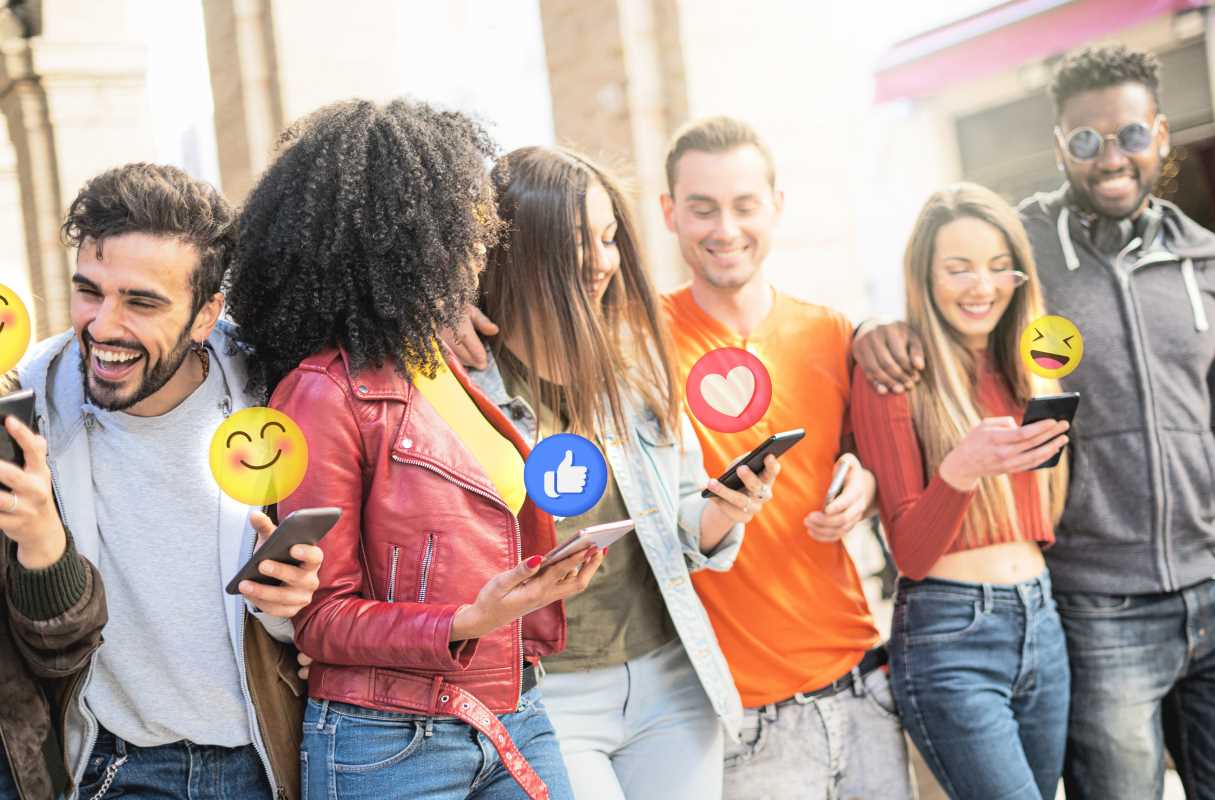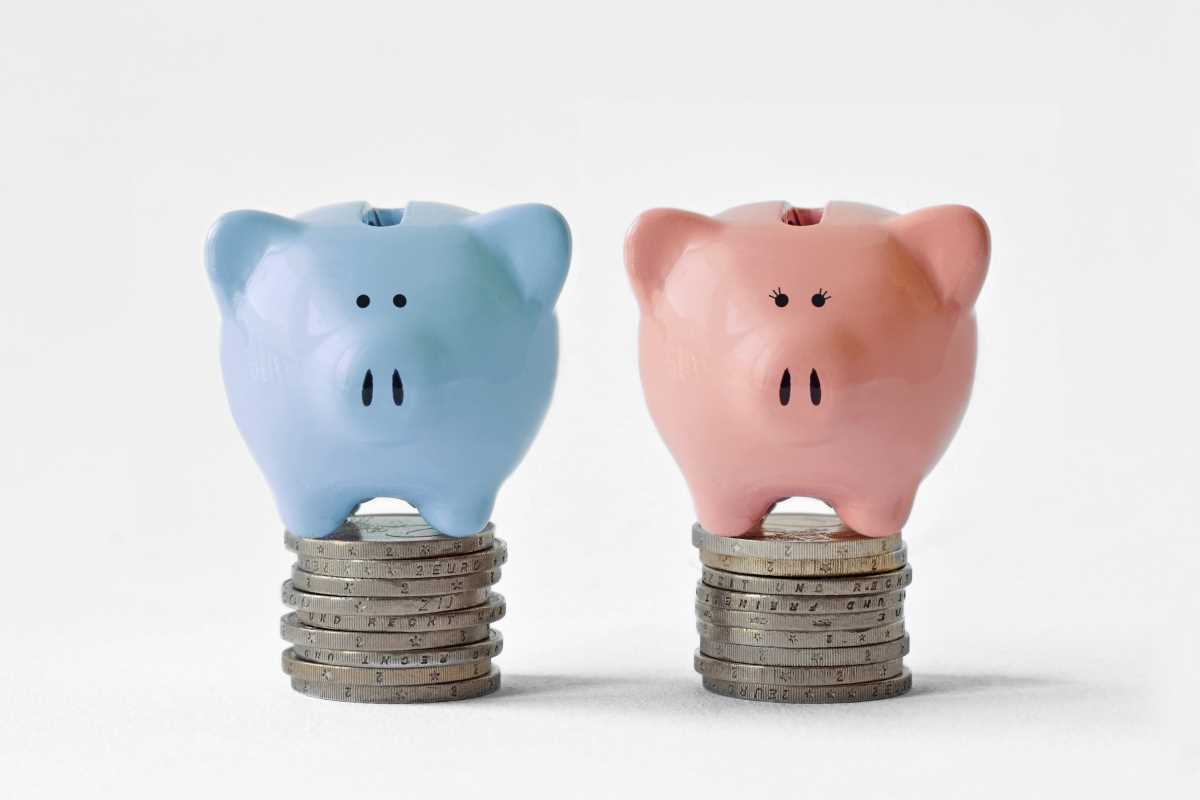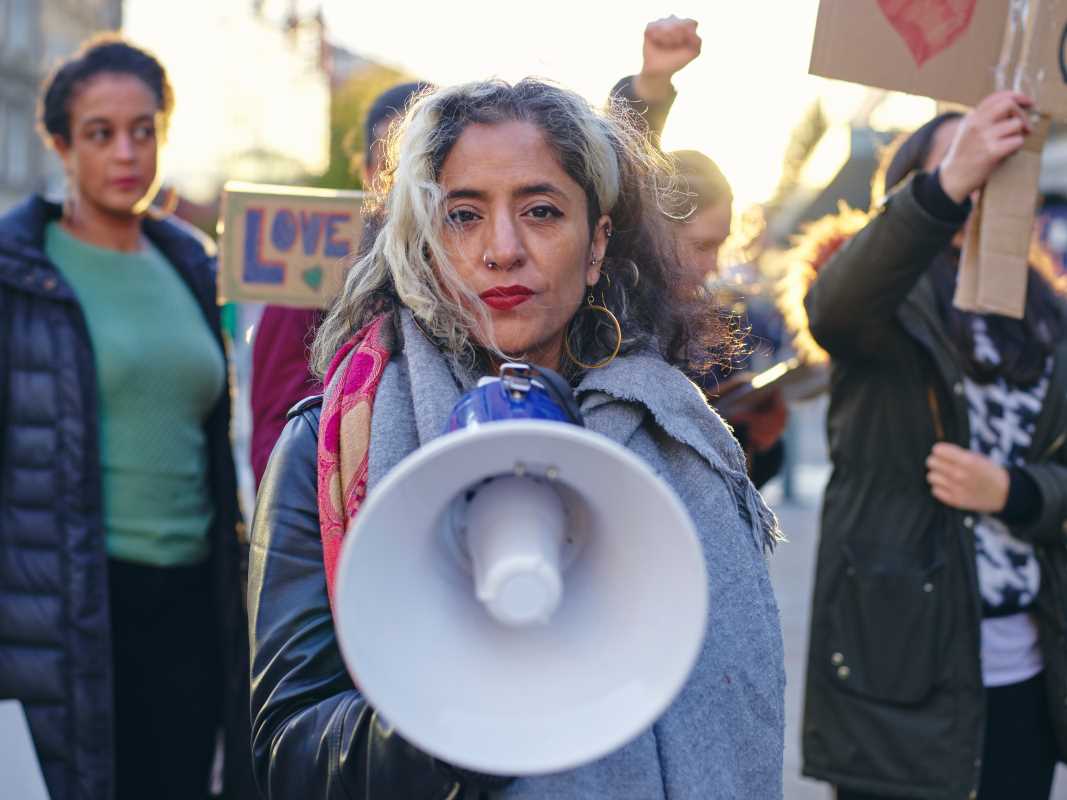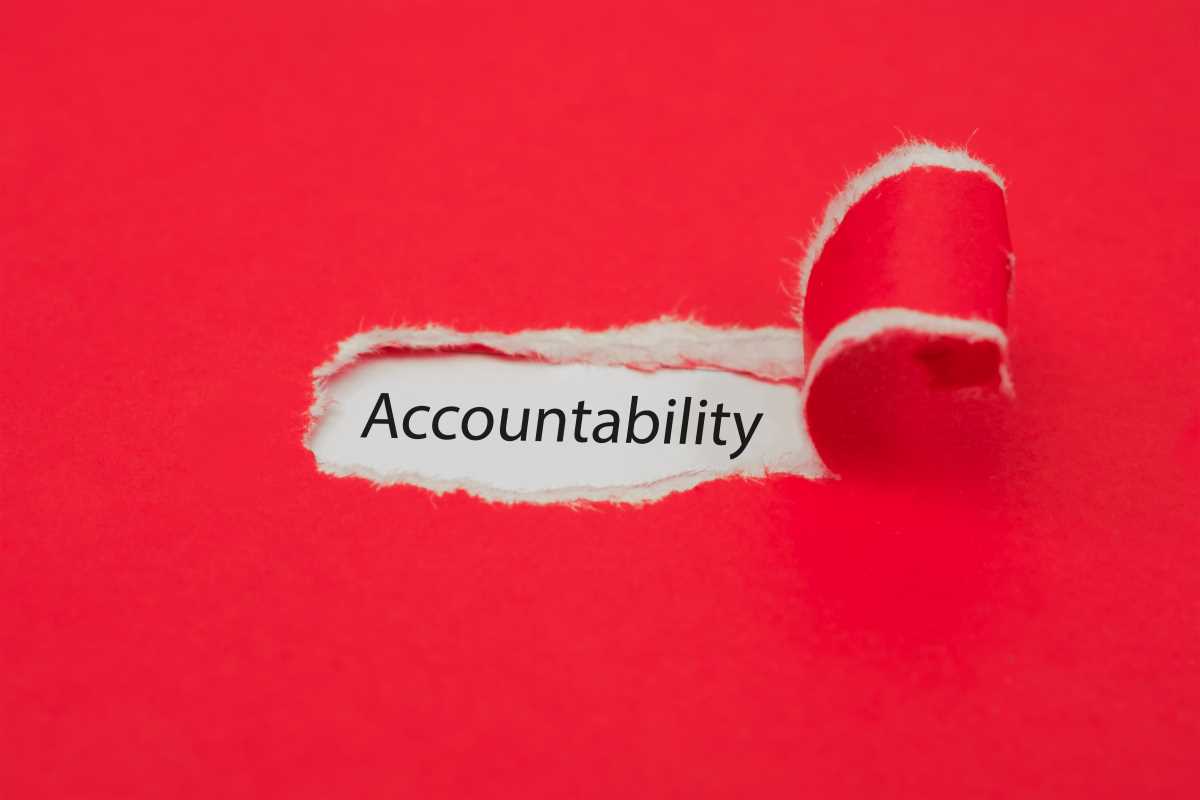Scroll through your favorite social media app, and you’ll probably come across posts about protests, petitions, or personal stories about injustice. Social media has become a powerful tool for amplifying voices and raising awareness about human rights issues worldwide. From hashtags like #BlackLivesMatter to viral videos documenting acts of bravery or inequality, these platforms seem to play an undeniable role in today’s fight for justice.
But can social media actually spark real, lasting change? Or is it all performative, a short-lived wave of trending hashtags that fades once the internet moves on to the next big thing? To answer this, we need to take a closer look at how social media influences human rights advocacy, its strengths, its limitations, and what it takes to turn digital momentum into real-world impact.
The Role of Social Media in Human Rights Movements
Social media is changing the way we fight for human rights. For years, advocacy relied on traditional methods like rallies, newsletters, or TV campaigns. While these methods are still effective, platforms like Twitter, Instagram, and TikTok have added a whole new dimension by making activism more accessible and intimate.
Raising Awareness
One of the biggest strengths of social media is its ability to shine a light on issues that might otherwise go unnoticed. A single tweet or Facebook post can quickly inform millions of people about a crisis or injustice. For example, hashtags like #EndSARS brought global attention to police brutality in Nigeria, with young Nigerians using platforms to share their stories under a unified banner.
This isn’t just about awareness; it’s about putting pressure on those in positions of power. Viral content often holds governments and corporations accountable by exposing the realities they might prefer to hide. Videos documenting protests or abuses can force a swift response, especially when the eyes of the world are watching.
Connecting Global Communities
Activists no longer need to work in isolation. Social media enables people across different countries, cultures, and languages to unite under shared goals. This connectivity can build strong alliances, both for organizing events and funding campaigns. A perfect example is the 2017 #MeToo movement, which started in the United States but quickly went global as survivors of sexual harassment and assault shared their stories.
By connecting communities, social media also fosters empathy and understanding. When people see posts from someone affected by an issue, it becomes harder to ignore the problem or dismiss it as something “far away.”
Mobilizing Action
Social media isn’t just about words; it’s about action. Platforms like Instagram and Twitter are often used to share links to petitions, donation pages, or protest schedules. For example, after the murder of George Floyd in 2020, social media played a vital role in directing people to resources where they could donate to bail funds, support Black-owned businesses, or educate themselves about systemic racism.
What makes these platforms so effective is their accessibility. You don’t need to subscribe to a newsletter or join an organization to participate; you can take action with just a click or a share.
Does Social Media Bring Real Change?
While social media has undeniable strengths, the real question is whether those online movements translate into real-world change. Here’s a closer look at how digital activism can go beyond the screen.
Policy Changes
Social media has often been a starting point for significant political and legal shifts. A good example is the Arab Spring, a series of pro-democracy uprisings across the Arab world that began in 2010. Protesters used Facebook and Twitter to organize demonstrations and share their demands with a global audience. While not every movement succeeded, the role of social media in these revolutions underscored the platform's power to fuel meaningful political change.
Similarly, the #StopAsianHate movement led to heightened awareness of anti-Asian racism, pushing lawmakers in the United States to pass legislation addressing hate crimes against Asian communities. Social media campaigns often work best when paired with offline activism, creating a cycle that fuels legal and cultural shifts.
Corporate Accountability
Another area where social media has been a game-changer is corporate accountability. Brands and businesses are constantly under the microscope of the internet, and viral campaigns can force them to adopt more ethical practices. For example, the #WhoMadeMyClothes campaign put pressure on fashion companies to address exploitative labor practices in their supply chains.
When corporations are publicly called out online, they often respond quickly, fearing damage to their reputation and profits. Social media provides everyday people with the ability to hold billion-dollar companies accountable in ways that weren’t possible before.
Cultural Shifts
Perhaps one of social media’s most lasting impacts is its ability to influence culture and public conversations. The normalization of certain topics can stem directly from what we see trending online. For instance, open conversations about mental health were amplified by social media campaigns like #ItsOkayToNotBeOkay, breaking decades of stigma.
Changes like these might take longer to quantify, but shifting public attitudes and encouraging difficult conversations are essential steps toward long-term solutions.
The Limitations of Social Media Activism
While social media is a powerful tool, it’s not perfect. There are significant hurdles that can prevent online movements from achieving lasting human rights changes.
Performative Activism
One major criticism is performative activism, often called “slacktivism.” This happens when people engage with a cause online (like posting a hashtag or changing their profile picture) but don’t take meaningful action in real life.
For example, you may remember when Instagram users posted black squares with the hashtag #BlackoutTuesday to show support for racial justice. While it was a visually impactful moment, some critics argued it drowned out vital information and resources without leading to much concrete action.
Short Attention Spans
The internet moves fast. Stories that dominate social media one week are often forgotten the next, leaving important causes without sustained support. This short attention span makes long-term progress difficult, as issues require consistent pressure over time to create real change.
Vulnerability to Misinformation
Another downside of social media is how easily misinformation can spread. Not every viral hashtag or post is based on facts, and false information can damage a cause’s credibility. Worse, some governments or groups deliberately spread false narratives to discredit activists or confuse the public.
Accessibility Barriers
While social media connects billions of people worldwide, it’s important to remember that not everyone has equal access to these platforms. Internet access, censorship, and restrictions on free speech can limit online activism in certain areas, particularly in countries where governments heavily regulate the digital space.
Turning Digital Movements into Real-World Action
Despite its limitations, social media has incredible potential. To ensure it leads to lasting human rights changes, online activism must be paired with offline efforts. Here are a few ways this can happen.
- Education: Social media serves as an excellent entry point for people to learn about new causes. The goal should be to move people from awareness to deeper learning through books, workshops, or community events.
- Coalition Building: Activists and organizations should collaborate both online and offline to maximize impact. Social media’s reach, combined with in-person advocacy strategies, can make movements hard to ignore.
- Sustainability: Lasting change doesn’t happen overnight, and movements need consistent support. Leveraging social media for long-term storytelling and regular updates can keep people engaged in the fight.
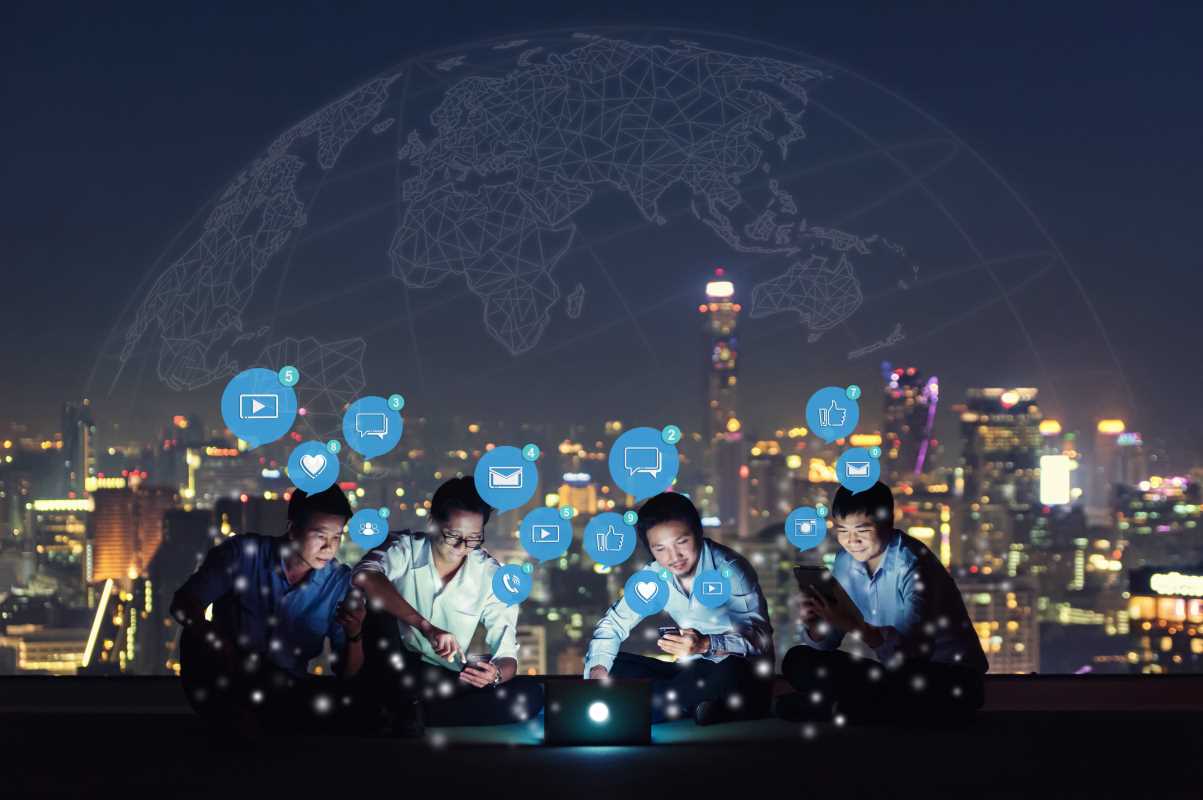 (Image via
(Image via
